What are ergonomic hazards, and why do they pose a serious concern in the workplace? Ergonomic hazards are physical factors in the work environment that can cause injury to the musculoskeletal system, leading to conditions like repetitive strain injuries and back pain.
Poor ergonomics, awkward postures, and repetitive motions increase the risk of musculoskeletal disorders (MSDs), impacting long-term health. Hazards in the workplace, including poorly designed workstations and repetitive tasks, can lead to pain and discomfort that affect productivity and employee health.
Addressing these hazards is important to reducing or eliminating safety hazards and promoting occupational health and safety. In this article, we’ll explore the types of ergonomic hazards, their impact, and practical ways to improve ergonomics in the workplace for better health outcomes. Read on to learn more!
What Are Ergonomic Hazards?

Ergonomic hazards are physical risks in the workplace that can lead to injury or strain on the musculoskeletal system.
These hazards arise when tasks, workstations, or equipment are not aligned with the physical capabilities of workers, often resulting in musculoskeletal injuries or disorders over time.
Identifying and addressing ergonomic hazards in the workplace is crucial for maintaining a safe and healthy work environment.
Common Types of Ergonomic Hazards
- Repetitive motion tasks that involve repeated movements, can lead to strain and injury.
- Awkward postures from bending, twisting, or reaching in unnatural ways, increase the risk of injury.
- Prolonged activities such as sitting or standing for extended periods without breaks, contribute to discomfort and pain.
Health Risks
- Increased likelihood of conditions like carpal tunnel syndrome and back pain, which are common ergonomic injuries.
- Pain and discomfort can significantly impact productivity and overall employee health.
By identifying and minimizing these ergonomic hazards, organizations can promote better ergonomics in the workplace and reduce the risk of work-related musculoskeletal disorders.
Why Addressing Ergonomic Hazards is Important in the Workplace

Addressing ergonomic hazards in the workplace is important for ensuring occupational safety and health and reducing long-term health concerns for employees.
Ergonomic hazards occur when there are physical factors in the environment that are misaligned with the range of motion or physical capacities of workers.
These hazards can cause pain or discomfort and can ultimately lead to long-term health issues, particularly musculoskeletal disorders (MSDs).
Creating a proactive approach to these hazards not only supports employees but also strengthens workplace efficiency and overall productivity.
Reduces Risk of Injury and Health Concerns
- Ergonomic hazards can be spotted in any setting, from an office setting to a home office, where common ergonomic hazards such as poor workplace design or improper manual handling might be present.
- Examples include awkward postures or repetitive tasks that can strain muscles and tendons, potentially causing conditions like carpal tunnel syndrome or back pain.
Improves Workplace Design and Safety
- Applying engineering controls and administrative controls can help identify ergonomic issues and adjust the workspace to fit the job of the worker.
- Proper office ergonomics reduce ergonomic risk factors by creating the correct range of motion and supporting health through better work processes and activities that prevent MSDs.
Supports Employee Health and Performance
- Adjusting workstations and work processes can help employees avoid injuries from ergonomic hazards, such as strains on the neck and shoulders that develop over time.
- With improvements in ergonomic office designs, companies can reduce health hazards and safety issues for office workers, providing a safe and comfortable environment for both employees working on-site and those in a home office.
By addressing these potential ergonomic hazards, companies can eliminate hazards that cause discomfort or lead to long-term injuries.
This ultimately supports a healthier, more productive work environment that aligns with standards set by organizations like the Canadian Centre for Occupational Health and the National Institute for Occupational Safety.
Common Ergonomic Hazards and How to Prevent Them

In the modern workplace, ergonomic hazards are widespread and can significantly affect employee health if left unaddressed.
These ergonomic hazards can cause injuries and illnesses, particularly musculoskeletal disorders (MSDs), impacting both physical and mental well-being.
Ergonomic hazards in the office can be subtle but usually develop over time due to poor workstation setup, repetitive tasks, or awkward positions. Here, we’ll explore common ergonomic hazards and provide prevention tips:
Repetitive Tasks
- Ergonomic hazards include repetitive motions that can lead to musculoskeletal strain, particularly in tasks involving typing, lifting, or using tools. Tasks can even include carpal tunnel syndrome from repetitive hand movements.
Prevention
- Rotate tasks among employees to reduce strain and offer regular breaks to prevent musculoskeletal issues.
- Encourage ergonomic practices that promote full range of motion, such as adjusting the workstation setup to minimize repetitive reach.
Poor Posture
- Working in an office without ergonomic support can lead to health effects like back pain and neck strain, with risks heightened by prolonged uncomfortable postures.
Prevention
- Ensure each worker’s job is designed with important ergonomic adjustments, such as adjustable chairs and desks to support the spine and joints.
- Educate employees on proper posture and the value of ergonomic support to reduce strain and prevent long-term health issues.
Extended Periods of Sitting or Standing
- Remaining in the same position for an extended period of time can cause musculoskeletal strain and impact circulation, particularly in office roles. Such conditions are among the ergonomic hazards in the office that oftentimes go unnoticed.
Prevention
- Use sit-stand desks, encourage periodic stretching, and promote varied postures throughout the day to avoid the relationship between MSDs and prolonged sitting.
Manual Handling
- Ergonomic hazards can be found in tasks requiring heavy lifting or handling of objects that strain muscles, often causing injuries and illnesses.
Prevention
- Implement lifting aids where possible and provide training on safe handling techniques.
- Designate tasks that require lifting to be carried out with physical means suited to reduce strain on muscles and joints.
Environmental Factors
- Environmental ergonomic hazards include issues like poor lighting, excessive noise, and inadequate temperature control, which can contribute to discomfort and lowered productivity.
Prevention
- Ensure that workplaces are well-lit, with adjustable lighting options to lessen eye strain and enhance visibility.
- Implement techniques to manage noise levels, such as using sound-absorbing materials or providing quiet areas for focused work.
Inadequate Workspace Design
- Poorly designed workspaces can lead to ergonomic hazards. An unorganized workspace can create challenges for employees, resulting in awkward reaching and improper postures.
Prevention
- Assess the overall workplace design to ensure that furniture and equipment meet ergonomic standards. This includes adjustable desks, proper chair height, and adequate space for movement.
- Encourage employees to personalize their workspaces while following ergonomic guidelines to ensure comfort and efficiency.
Lack of Breaks
- Continuous work without breaks can lead to fatigue and an increased risk of injuries from ergonomic hazards. Employees may experience discomfort or strain due to prolonged static positions or repetitive tasks.
Prevention
- Implement policies encouraging regular breaks to stretch and move around, reducing muscle fatigue and promoting circulation.
- Use reminders or timers to prompt employees to take short breaks, ensuring they maintain good health and productivity throughout the day.
Slips, Trips, and Falls
- Office hazards aren’t always limited to poor posture—trips and falls are also ergonomic hazards that can affect musculoskeletal health and lead to injuries.
Prevention
- Keep pathways clear, mark hazardous areas, and ensure that office layouts are free of obstacles that could cause accidents.
Each of these ergonomic hazards can lead to health concerns if left unmanaged, and they’re a critical aspect of occupational health and safety in office environments.
By understanding common ergonomic hazards and proactively implementing prevention methods, businesses can help employees avoid pain and discomfort that develops over time and foster a safer, more productive work environment.
Strategies to Address Ergonomic Risk Factors

Addressing ergonomic risk factors is essential for a healthy workplace. Implementing effective techniques can significantly lower the risk of injuries and illnesses related to ergonomic hazards. Here are several actionable strategies:
Ergonomic Assessment and Workplace Design
- Conduct Regular Ergonomic Assessments: Periodically assess workstations to identify ergonomic hazards. Use assessment tools and professionals to improve this process.
- Implement Ergonomic Office Design: Create adaptable workspaces with adjustable desks and chairs, promoting optimal posture and a full range of motion.
Training and Education
- Provide Ergonomics Training: Offer workshops on office ergonomics, covering workstation setup and posture to prevent injuries from ergonomic hazards.
- Raise Awareness of Ergonomic Issues: Communicate the importance of ergonomics through newsletters and training to help employees understand potential health effects.
Encourage Movement and Breaks
- Promote Regular Breaks: Encourage employees to take short breaks to stretch and move, preventing stiffness and fatigue.
- Implement Stretching Programs: Introduce routines for employees to alleviate tension and improve flexibility, countering the effects of prolonged sitting.
Adopt Engineering and Administrative Controls
- Utilize Engineering Controls: Invest in ergonomic tools like chairs and adjustable stands to reduce strain and promote proper posture.
- Establish Administrative Controls: Create policies for safe work practices, including lifting techniques and job rotation to minimize repetitive strain.
Foster a Supportive Culture
- Encourage Open Communication: Create an environment where employees can discuss ergonomic issues, fostering continuous improvement.
- Involve Employees in Ergonomic Solutions: Engage employees in identifying and resolving ergonomic challenges for effective solutions.
Monitor and Evaluate Ergonomic Practices
- Regularly Review Ergonomic Policies: Continuously evaluate the effectiveness of ergonomic strategies through feedback and assessments.
- Adjust Strategies Based on Feedback: Be flexible in adapting practices based on employee input and changing needs.
Benefits of Addressing Ergonomic Risk Factors

Addressing ergonomic risk factors in the workplace is important for creating a safe and efficient work environment. By proactively managing these risks, companies can enhance employee well-being and productivity while minimizing potential injuries.
Reduction in Injuries and Illnesses
- Minimized Musculoskeletal Disorders: Addressing ergonomic risk factors lowers the occurrence of musculoskeletal disorders (MSDs) like carpal tunnel syndrome and back pain.
- Decreased Injury Rates: Identifying and reducing ergonomic hazards in the office eliminates injuries and illnesses related to poor ergonomics, promoting a safer work environment.
Enhanced Employee Productivity and Satisfaction
- Improved Comfort Levels: A well-designed ergonomic office boosts employee comfort and job satisfaction, leading to better focus and productivity.
- Increased Efficiency: Optimizing workstations and reducing unnecessary movements streamline tasks, enhancing overall efficiency.
Lowered Healthcare Costs
- Reduced Medical Expenses: Preventing ergonomic injuries declines healthcare costs related to treatments and workers’ compensation claims.
- Fewer Absences: With reduced injuries, employees take less sick leave, maintaining consistent productivity levels.
Improved Employee Retention
- Increased Loyalty: Organizations that prioritize ergonomics foster loyalty and appreciation among employees, improving retention rates.
- Positive Workplace Culture: Addressing ergonomic issues creates a health-focused culture, encouraging teamwork and collaboration.
Compliance with Occupational Health Standards
- Adherence to Regulations: Addressing ergonomic risk factors helps comply with occupational health and safety regulations, avoiding legal penalties.
- Proactive Risk Management: Regularly assessing ergonomic hazards showcases a commitment to employee health and safety.
Boosting Overall Employee Health
- Long-Term Health Benefits: Regularly addressing ergonomic hazards prevents chronic conditions, contributing to better long-term health.
- Enhanced Quality of Life: Employees experience less pain or discomfort, improving their overall quality of life both at work and at home.
Final Thoughts
Identifying and preventing ergonomic hazards in the workplace is crucial for fostering a safer and healthier work environment.
By implementing proactive approaches such as ergonomic assessments, employee training, and promoting regular breaks, companies can significantly reduce the risk of musculoskeletal disorders and enhance overall employee well-being.
Prioritizing ergonomics not only boosts comfort and productivity but also contributes to a positive workplace culture and long-term health benefits.
Investing in ergonomic practices is a vital step toward ensuring the safety and efficiency of the workforce, creating a more sustainable and thriving workplace.
Frequently Asked Questions
What are the key indicators of ergonomic hazards in the workplace?
Recognizing key indicators of ergonomic hazards is essential for creating a safer work environment. Here are the primary signs to look for:
Employee Discomfort: Frequent complaints of pain, fatigue, or discomfort, especially in the back, neck, or wrists, may indicate ergonomic issues.
Poor Posture: Observing employees using awkward postures while sitting or standing can signal improper workstation setups.
High Turnover Rates: Increased employee turnover or absenteeism due to injury may suggest unresolved ergonomic hazards.
Frequent Injuries: A higher incidence of musculoskeletal disorders or repetitive strain injuries among staff can highlight ergonomic risks.
Identifying these indicators helps employers take timely actions to eliminate ergonomic hazards.
What role does workstation design play in preventing ergonomic hazards?
Effective workstation design is crucial for reducing ergonomic hazards and promoting employee well-being. Here are some important aspects to consider:
Adjustability: Workstations should be flexible to accommodate different body sizes and preferences, ensuring comfort for all employees.
Monitor Placement: Screens should be at eye level, approximately an arm’s length away, to minimize neck strain.
Keyboard and Mouse Position: Keyboards and mice should be positioned to allow for relaxed shoulders and straight wrists to prevent strain.
Supportive Seating: Chairs should provide proper lumbar support and be adjustable for height to support good posture.
A well-designed workstation significantly reduces the risk of ergonomic injuries and enhances productivity.
What are some common ergonomic tools and equipment that can help?
Utilizing ergonomic tools and equipment can significantly reduce the risk of injuries in the workplace. Here are some effective options:
Ergonomic Chairs: Chairs designed to support the lower back and promote good posture can help reduce discomfort during long periods of sitting.
Standing Desks: Adjustable standing desks allow employees to switch between sitting and standing, promoting movement throughout the day.
Wrist Supports: Ergonomic wrist supports for keyboards and mice help maintain neutral wrist positions, reducing the risk of strain.
Footrests: Footrests can help support proper posture for employees who may not reach the floor comfortably.
Incorporating ergonomic tools into the workplace fosters a healthier and more comfortable environment for employees.
How can training programs enhance ergonomic safety in the workplace?
Implementing training programs is vital for improving ergonomic safety and awareness among employees. Consider these key benefits:
Increased Awareness: Training helps employees recognize ergonomic hazards and understand their impact on health.
Proper Techniques: Employees learn proper lifting techniques and posture, reducing the risk of injuries associated with improper movements.
Tool Familiarization: Training provides an opportunity for employees to learn how to use ergonomic tools and equipment effectively.
Continuous Improvement: Regular training sessions reinforce the significance of ergonomics and encourage employees to report hazards.
Effective training programs are essential for fostering a culture of safety and health in the workplace.
What steps should be taken after identifying ergonomic hazards?
Taking appropriate steps after identifying ergonomic hazards is crucial for ensuring a safe work environment. Here’s a clear action plan:
Assessment: Conduct a thorough review of the identified hazards to determine their impact and urgency.
Implement Solutions: Develop and implement techniques to address the hazards, such as redesigning workstations or providing ergonomic equipment.
Monitor Effectiveness: Continuously monitor the effectiveness of the solutions enforced and make adjustments as necessary.
Follow-Up Training: Provide follow-up training to ensure employees are aware of the changes and understand how to maintain ergonomic practices.
Proactively addressing ergonomic hazards ensures a safer and healthier workplace for everyone involved.

